Understanding How Scales Measure Body Fat
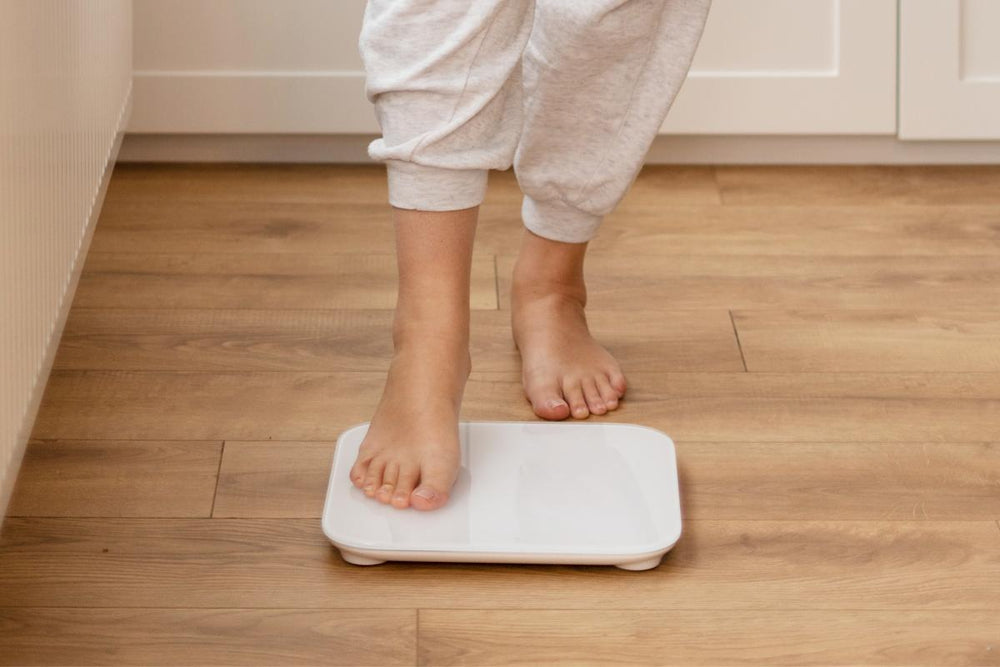
Stay tuned to our latest news
Whether you're an experienced fitness enthusiast or just starting your wellness journey, you may have questions about body fat scales and their reliability. How do they work? How accurate are they? And most importantly, how can they help you make informed decisions about your health?
In this article, we'll explore body fat percentage, how body fat scales measure it, their pros and cons, and how to use them effectively for better health insights.
What is Body Fat Percentage? Body Fat vs BMI
Fat is an essential energy source for your body. However, when you accumulate too much, it can lead to health risks such as diabetes, heart disease, and stroke. This is where tracking body fat becomes crucial.
Body weight is a combination of your total weight of bones, muscles, liquids, and body fat, offering a comprehensive picture of your overall health. Body fat percentage, on the other hand, determines the proportion of fat in your body. Knowing your body fat percentage helps you determine whether you're in a healthy range and can provide valuable insights into your overall well-being.
Another common metric to assess weight is with Body Mass Index (BMI), which is calculated by dividing your weight by the square of your height. BMI provides a general idea of weight health, but does not directly measure body fat. While BMI and body fat percentage often correlate, these are not the same. Two people with the same BMI may have very different body compositions—one might be muscular and fit, while the other may have a higher fat percentage. Since muscle weighs more than fat, relying solely on BMI can sometimes be misleading.
This is why understanding your body fat percentage is so valuable. It allows you to set realistic fitness goals, track progress, and identify potential health risks. For many, this deeper insight leads to healthier lifestyle choices and a better understanding of how their bodies function.
How Do Scales Measure Body Fat?
Body fat scales are powerful tools for estimating body fat percentage. But how do they work? How can a small device give you such precise data?
Smart scales, including the RENPHO MorphoScan Smart Body Scale, use bioelectrical impedance analysis (BIA) to measure various metrics and provide a clear picture of your physical well-being. By measuring changes in body tissue density and conductivity, these body fat scales obtain valuable information such as body fat percentage, muscle mass, water percentage, and even bone density.
Fat, for example, resists the electrical signal more than muscle or water. This difference in resistance allows the scale to calculate important metrics like body fat percentage, muscle mass, water content, and even bone density. Moreover, high-end scale models often come with high-precision sensors and sophisticated algorithms to provide accurate and reliable readings.
Are Body Fat Scales Accurate?
While body fat scales provide valuable insights, it's important to remember that their readings are estimates, not absolute measurements. They use mathematical formulas to calculate body fat percentage, and these formulas may not always be 100% precise.
However, there are several factors that can influence the accuracy of body fat scale readings:
Hydration Levels: The amount of water in your body can change the results. If you’re more hydrated, you might look leaner on the scale.
Scale Sensitivity: More sensitive scales usually give better readings.
Body Composition: A higher muscle mass can sometimes affect readings, as the scale may misinterpret muscle as fat due to differences in electrical resistance.
Foot Placement: Standing incorrectly on the scale can lead to unreliable results.
Contact Surface: The more your body touches the scale, the better it detects electrical signals in your tissues. Better contact means more accurate readings so using a scale with a larger surface or making sure your whole foot is on it can improve the accuracy of the measurements.
Pros and Cons of Using Body Fat Scales
Like any tool, It is important to recognize both the advantages and drawbacks of body fat scales to make informed decisions about your health journey. Here are some pros and cons of it:
Pros of Body Fat Scales
-
Ease of Use: One of the advantages of body fat scales is how simple they are. You need to step on the scale and get a reading in seconds. This makes them accessible to anyone, whether you are a first-time user or a pro.
-
Quick Feedback: These scales provide immediate results, which is great for tracking your progress. You can see changes over time, helping you make informed decisions about your weight loss or fitness goals. This instant feedback can be very motivating!
-
Cost-Effective: Compared to professional methods of measuring body fat—like DEXA scans or hydrostatic weighing—body fat scales are relatively affordable. This makes them a budget-friendly option for many who want to monitor their health at home.
Cons of Body Fat Scales
-
Accuracy Issues: One downside is that these scales aren’t always accurate. These can sometimes overestimate or underestimate your body fat percentage, providing rough estimates instead of precise figures. This means you should take the readings with a grain of salt.
-
Lack of Specificity: Body fat scales can tell you your overall body fat percentage, but these can’t show you where that fat is located in your body. This detail is important because fat distribution can impact your health risks.
Other Ways to Measure Body Fat
While body fat scales provide a convenient way to estimate body fat percentage, these are not the only option. More advanced methods offer greater accuracy, though these may be less accessible. Here are three common ways to measure body fat, along with a quick comparison:
|
Method |
Description |
Accuracy |
|
DEXA (Dual-energy X-ray Absorptiometry) |
DEXA utilizes X-rays to measure bone density, fat, and lean muscle mass. It is highly accurate but expensive and requires specialized equipment. |
High |
|
Bod Pod |
It uses air displacement to estimate body density. It is quick and more convenient than DEXA, but it still requires access to specific facilities. |
Medium-High |
|
Hydrostatic Weighing (Underwater Weighing) |
It involves submerging a person in water to measure body density. Since fat is less dense than muscle, body fat percentage is estimated based on water displacement. |
High |
|
3D Body Scanners |
These use infrared technology to scan body shape and estimate body fat percentage by analyzing body circumference and volume. They are often used in fitness centers and clinics. |
Medium-High |
How to Make the Most of Body Fat Scales
-
Stay Consistent: Weigh yourself on a body fat scale at the same hour every time you weigh in, for example, in the morning after waking up and before eating or drinking anything. The Cleveland Clinic points out that in this way, you will obtain the most reliable results because your body has had time to digest the previous day's food during sleep.
-
Pay Attention to Conditions: When you weigh yourself, it is important to consider your physical state. You should avoid weighing yourself if you are feeling full, experiencing any discomfort, or feeling bloated. Additionally, weighing yourself immediately after exercising or working out is not advisable, as these factors can affect your weight measurement.
-
A Balanced Approach to Tracking Progress: Tracking your progress doesn’t mean stepping on the scale whenever you feel like something is off. Instead, it’s important to take a mindful and balanced approach. Here are key things to keep in mind:
-
Weighing yourself too often can lead to unnecessary stress and anxiety. Consider doing it weekly or by month instead.
-
Look for overall patterns in your weight over time rather than fixating on daily fluctuations, which are normal and can be influenced by factors like hydration and time of day.
-
Track other indicators of progress, such as how your clothes fit, your energy levels, and your physical performance. These can be more motivating than just the number on the scale.
-
Remember that progress is not always linear. Setbacks can happen, and that’s perfectly normal.
-
Recognize achievements that aren’t related to weight, such as improved strength, endurance, or overall well-being.
4. Try Other Methods:
There are various body fat scales in the market that differ in features and advantages. Trying out various models helps determine the best one that best suits your health requirements. In addition, testing different methods and instruments can give you a clearer understanding of your overall fitness journey.
Consider using different methods like skinfold calipers, which measure fat by pinching your skin at certain spots. Specifically, it measures the thickness of skinfolds at particular body sites, such as the abdomen, thigh, and tricep.
-

Here’s how you can use them:
-
Pinch the skin and underlying fat at the site with your thumb and index finger.
-
Place the caliper jaws around the pinch and note the reading.
-
Measure at multiple sites and sum the measurements to get a total. Then, use a formula to estimate body fat percentage.
This can give you additional insights into your body fat levels.
Find the Best Body Fat Scale for You

Measuring body fat can help you make better choices about your diet and workouts and build a healthy lifestyle. Choosing the one that works best for you is important, and it all depends on your goal. For general health tracking, look for a smart scale that measures body fat, BMI, and muscle mass. Athletes may benefit from scales with segmental body composition analysis, while those focused on weight loss might prefer models that track metabolic rate and hydration levels.
The Elis Chroma Aspire Smart Scale is one of the body fat scale models that cater to different needs. It measures body fat percentage and 13 key fitness metrics, including body weight, BMI, muscle mass, and metabolic age. This extra data helps you see how you're progressing, which can be useful for your fitness journey to ensure you stay on track with your health goals. The scale easily pairs with the RENPHO Health app, Apple Health, and Fitbit with dual Wi-Fi and Bluetooth connectivity. It can also store body fat and fitness data for up to 8 people, making it perfect for families.
Consistency is key. Choose a body fat scale that fits your needs and track your body fat regularly to make informed decisions about your health.
Remember, small, consistent steps lead to significant results over time! Embrace the journey to better health, and let the body fat scale guide you toward achieving your fitness aspirations.
References:
Are Body Composition Scales Accurate?
How Accurate Are Body Fat Scales?
What are body fat scales, and how accurate are they?
Decoding the numbers: How accurate are body fat scales?
Bioelectrical impedance analysis. What does it measure? - PubMed
Renpho Health Tips
-

How Accurate Are Body Fat Scales? Pros and Cons to Consider
July 11, 2024
Read more >
-
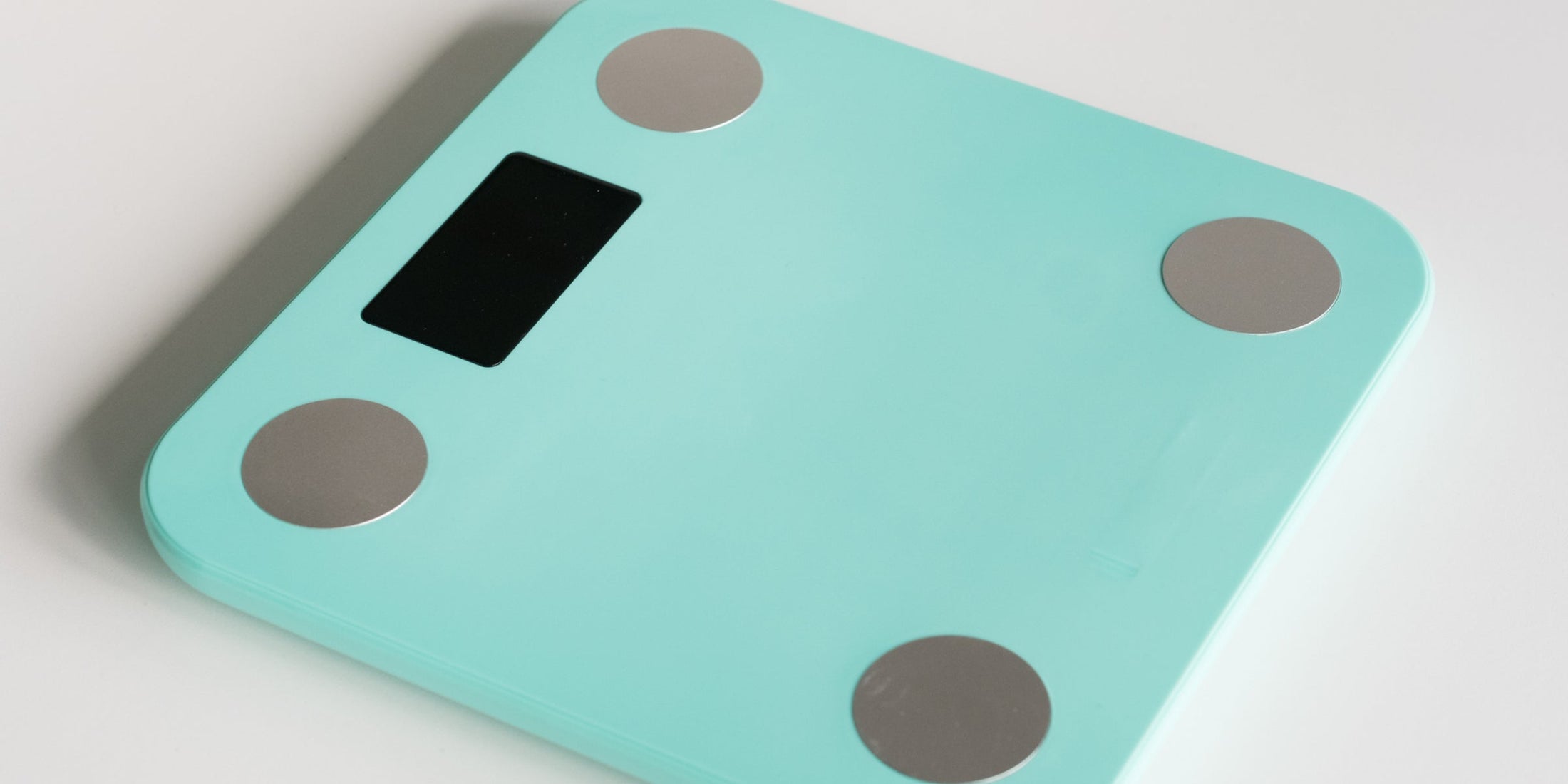
BMI Scale 101: Does Bioelectrical Impedance Analysis Provide Deeper Insights Into Your Body?
August 4, 2024
Read more >
-
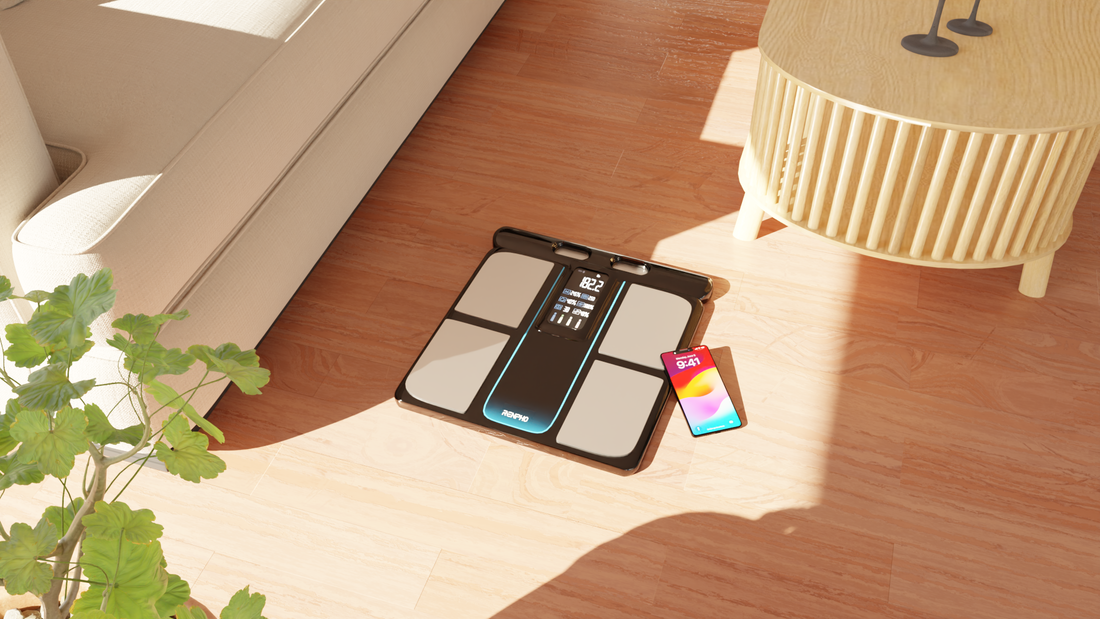
From Pounds to Percentages How Body Fat Scales and Digital Scale Apps Work Together for a Fitter You
August 7, 2024
Read more >
-
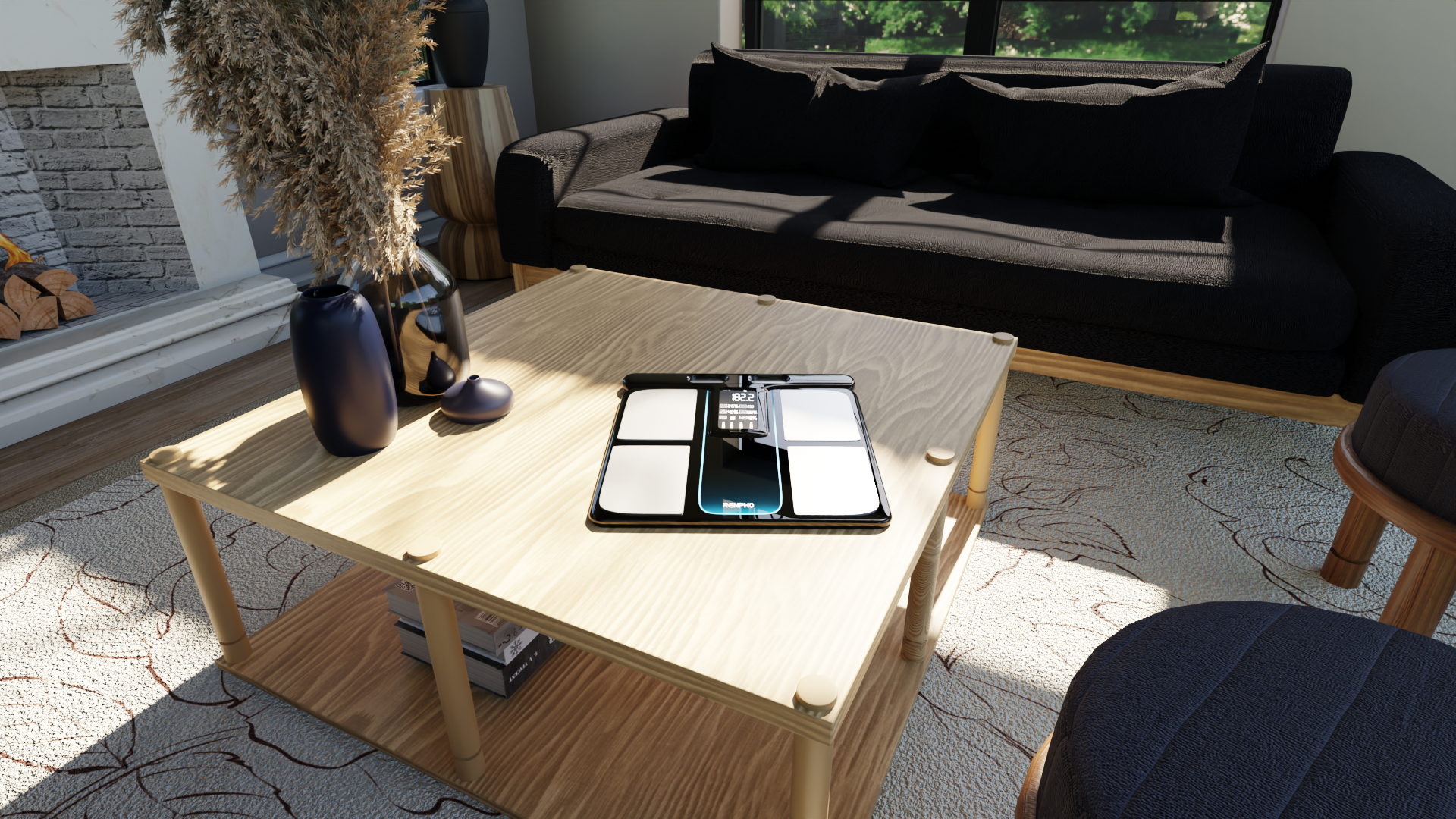
Beyond the Scale: Using Smart Fitness Tools to Gain Deeper Insights into Body Fat Levels
August 13, 2024
Read more >
-
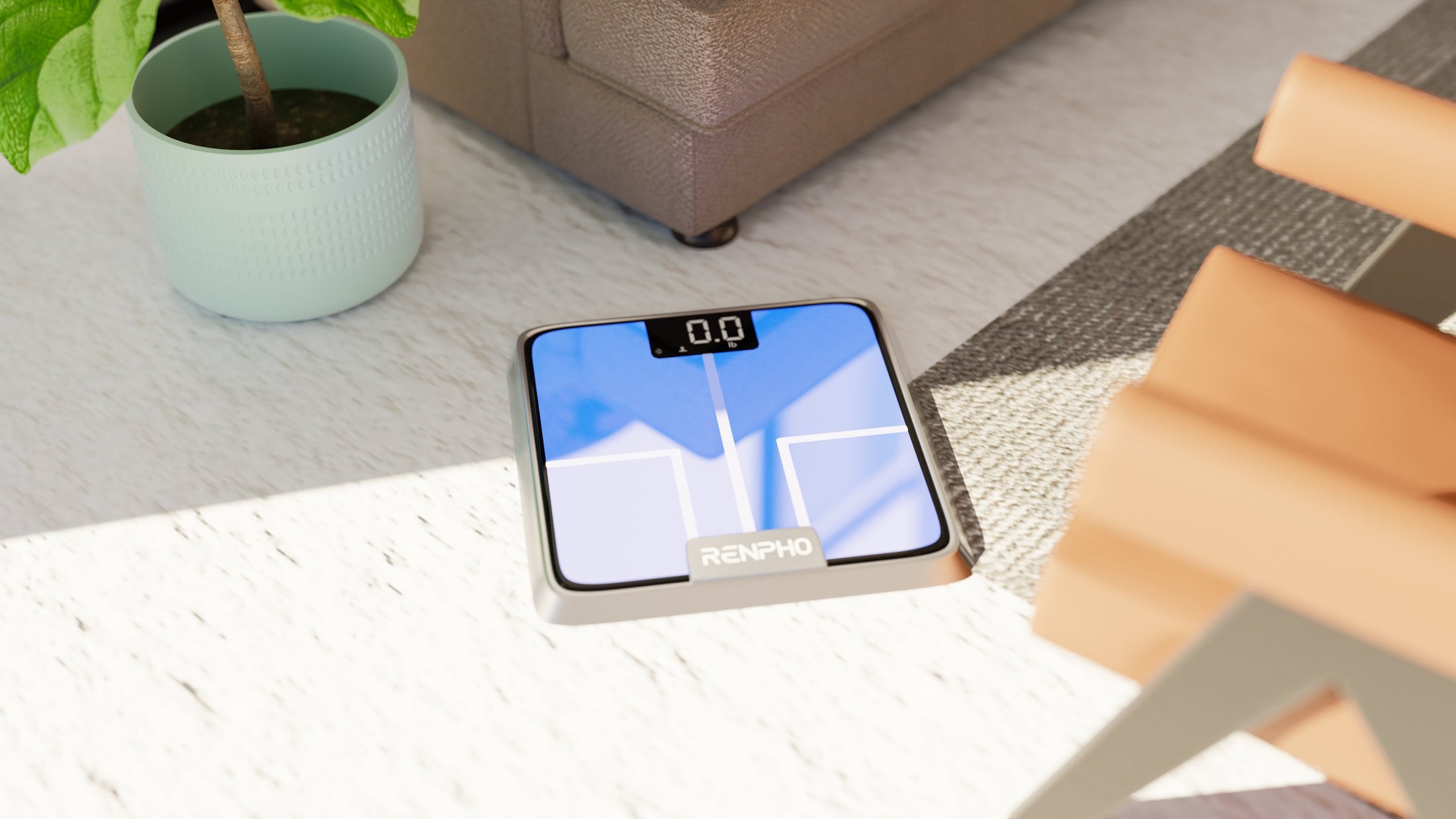
Weigh to Go: How a Digital Scale App and a Weighing Scale Streamline Your Fitness Journey
August 19, 2024
Read more >






